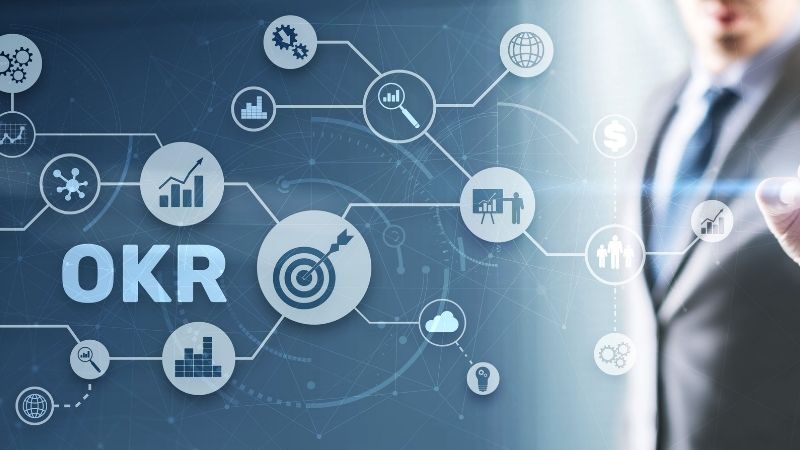There are various different ways of goal setting for organisations, but very few are as streamlined as the Objectives and Key Results.
They are well crafted to meet the requirements of today’s fast-growing companies, and furthermore, they focus on what’s the most important key to any successful business, the results.
Certain Essential Features:
They diverge and converge
Once the major company goals are reviewed, executives come together to ponder on the essential company objectives. When the objectives get set, they trickle down to the department and team levels. As a result, every individual and team sets team-wise goals that in turn, works towards achieving the overall goal set for the company.
It’s important to keep this in mind that employees and the management collate and determine objectives together. This also results in higher level of employee commitment, as every individual feels responsible for their performance and the results.
Also read: What Are OKRs?
They define tangible results
The best part is the key results section where the OKRs break down the main objectives into smaller steps. They are clearly defined with achievable numbers, making it easier for employees and managers to record progress.
To effectively draw out results, state specific KRs. For example, if you say, “Expand the business”, that’s not specific enough. You need to identify 2-3 measurable key results that will lead to expanding the business.
Note: OKRs should always have quantifiable numbers.
Time bound
OKRs are most often short term. That’s when they work the best. Understand the timeline of what needs to be achieved and how long it will take to do so. Once that’s clear, make sure you break them down into quarterly or half-yearly goals. This will take you closer to the larger objectives.
Also read: Kickstart 2020 Using Objectives and Key Results (OKRs)
Here are some of the benefits:
- OKRs are always short-term which leads to quick adjustment to change, and then in turn, amps up innovation and minimizes waste.
- Whenever certain teams have similar OKRs to chase, it is bound to improve partnership among those teams, enhancing interdependencies and fusing rivalries.
- With OKRs, goal setting process becomes a lot faster, largely minimizing the time and resources used for the same.
- If you can remove the compensation element from OKRs and use stretch goals for them, it will help teams in setting more challenging and bolder targets.
- Since OKRs provide crystal clear directions, goals and objectives, its simple enough for all employees to understand how each of them can contribute.
- As every team member is responsible for reaching their OKRs, they feel more obligated to achieve and prove their role’s worth. This, in turn, enhances employee engagement.
- Reduction in complicated goals leads to better focus amongst the employees.
Once you are able to zero in on the main objectives and state them out loud and clear, your employees will be able to chalk out the right Key Results. It may entail some trial and error, but eventually, the result will be way more fruitful for every team and the company overall.
If you want to know how Engagedly can help you with goal setting and OKRs, request a personalized demo and talk to our experts!
Request A Demo
Get In Touch With Us



